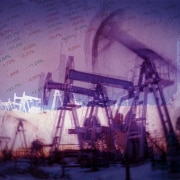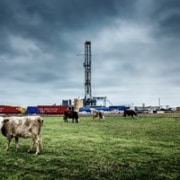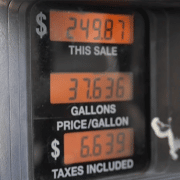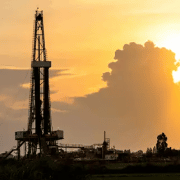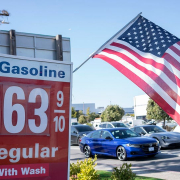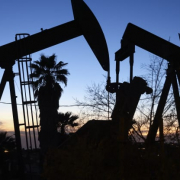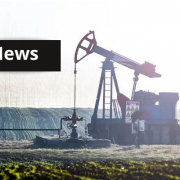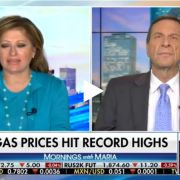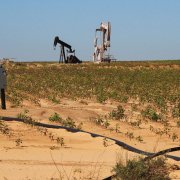Oil and gas revenues added more than $1.7 billion to New Mexico coffers in the first four months of the year — more than in any other four-month period in state history.
A lot more.
Records compiled by the New Mexico Tax and Revenue Department show that year-on-year, revenues from January through April more than doubled from $782 million in 2021 — itself a record year. (Records lag by two months to allow producers time to report their production numbers.) This money gusher comes from increasing production in New Mexico’s portion of the Permian Basin — currently, the most productive oilfield on the planet — and skyrocketing oil and gas prices brought on by the Russian invasion of Ukraine.
State Sen. George Muñoz (D-Gallup), vice chair of the powerful Legislative Finance Committee, says that committee economists peg the state’s likely take from oil and gas at $5.2 billion for the fiscal year — roughly a billion more than last year’s oil and gas revenue. That tally may rise if world oil prices remain high.
Mountains of money are generally a good thing for anyone, but the unplanned windfall does come with complications. The first is the kind of money brought in by oil and gas production. Roughly speaking, state government views revenues in two ways: as one-time or recurring income. Recurring money remains fairly steady year after year. For example, people will generally remain employed and use their earnings to buy things, making income and sales taxes a reliable source of steady, recurring revenue for the state.
Click here to read the full article
Source: Capital & Main
If you have further questions about the topic of New Mexico oil and Gas, feel free to contact us here.

